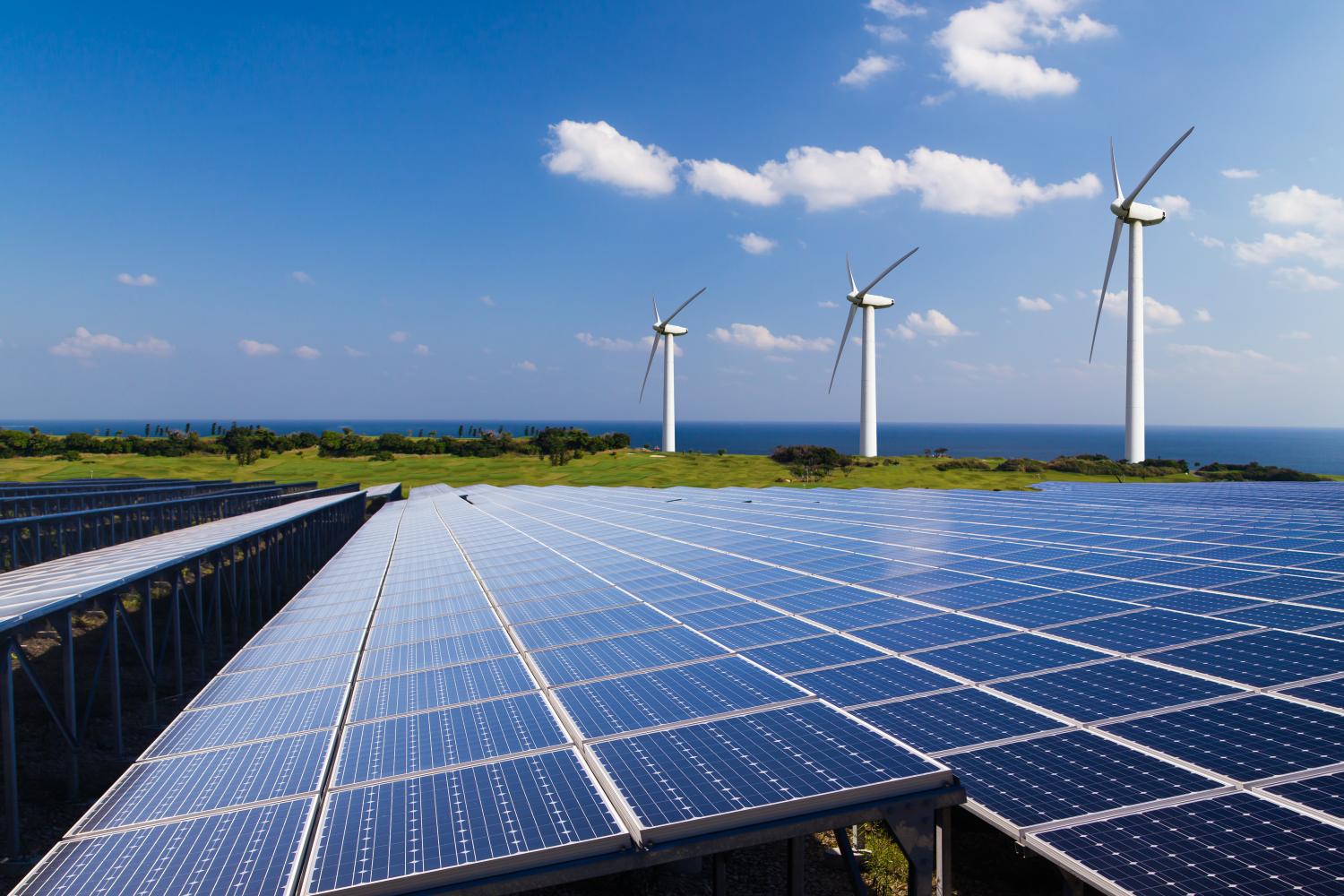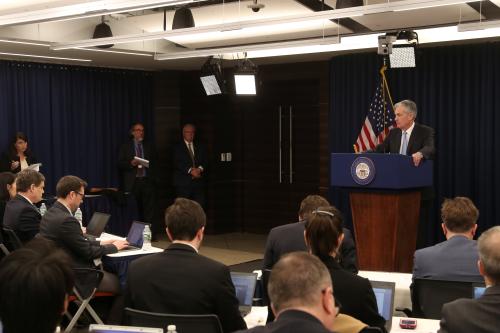The Problem
Despite progress made over the past decade, further innovation is necessary to achieve deep decarbonization of the U.S. economy. Meeting climate policy goals currently under consideration will not be possible without further technological improvement. It will take several steps—from basic and applied research to demonstration and commercialization—to bring about technological change at the scale required to meet our goals for greenhouse gas reduction. Unfortunately, market failures affect all stages of clean energy technology development, meaning that market forces alone will not lead to optimal allocation of resources.
The Proposal
Popp explains how to use various policy instruments that have different effects depending on the type of technology, the stage of development, and the sector of the economy. Since separate policy instruments address different market failures, supporting clean energy innovation requires a portfolio of policy tools that will (1) increase the potential market for innovation (the demand side) and (2) address market failures that hinder innovation (the supply side).
The author did not receive financial support from any firm or person for this article or from any firm or person with a financial or political interest in this article. The author is currently not an officer, director, or board member of any organization with a financial or political interest in this article.




